LLMOps vs MLOps: Key Differences and Choosing the Right Approach
LLMOps vs MLOps – while both are critical in machine learning, they serve different purposes. The LLMOps focuses on large language models and natural language processing, ideal for tasks like conversational AI and text generation.
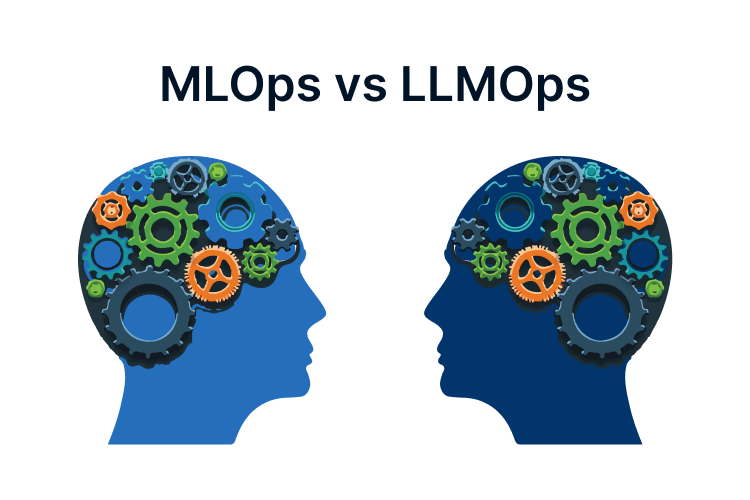
MLOps, however, covers a wider range of machine learning applications, such as predictive analytics and image recognition. In this article, we’ll break down the differences and help you decide which approach suits your project best.
LLMOps: Managing Large Language Models Effectively
Large Language Model Operations (LLMOps) is a dedicated framework designed to oversee the lifecycle of large language models within production settings. With the rapid evolution of advanced AI systems, LLMOps has become an essential practice, addressing the distinct challenges that come with managing expansive language models.
What is LLMOps?
LLMOps is a structured methodology centered around the development, deployment, and maintenance of large language models. It emphasizes addressing the unique complexities and operational demands of these powerful AI tools.
Core Elements of LLMOps
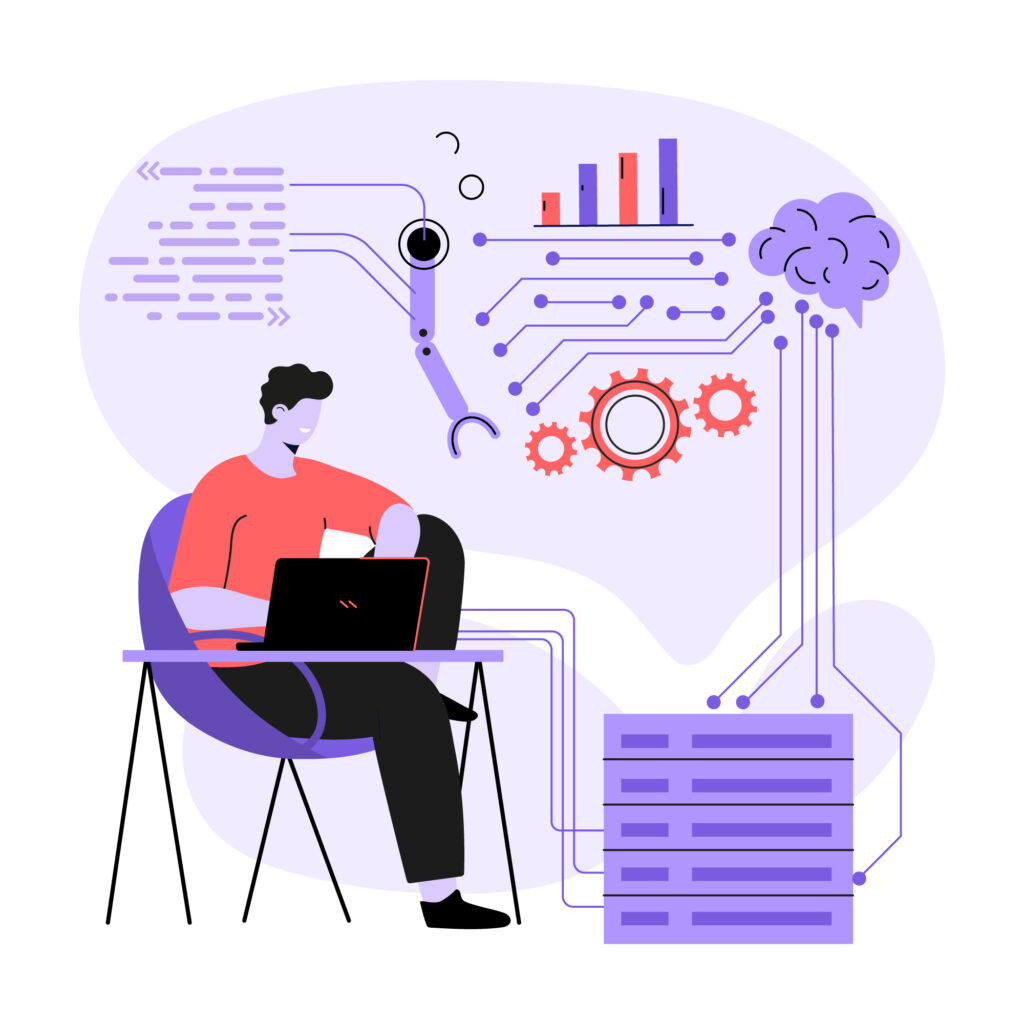
1. Governance and Oversight
Effective governance forms the backbone of LLMOps, ensuring robust management of language models through advanced mechanisms. Key aspects include:
- Guaranteeing model reproducibility
- Establishing thorough auditing frameworks
- Enhancing security with advanced protocols
- Enforcing strict privacy controls
2. Data Management and Engineering
Data preparation and organization are pivotal to LLMOps. It relies on sophisticated processes to manage datasets effectively:
- Crafting curated datasets for targeted model optimization
- Preparing expansive data corpora from enterprise sources
- Developing high-quality datasets for training and evaluation
- Organizing, versioning, and storing data systematically
3. Model Customization and Optimization
This stage tailors foundation models into domain-specific solutions, incorporating techniques to enhance their performance:
- Fine-tuning models to suit particular applications
- Using advanced prompt engineering techniques
- Adapting models for niche or industry-specific needs
- Employing embeddings and transfer learning for better outcomes
- Optimizing hyperparameters to refine performance
4. Monitoring and Evaluation
Continuous evaluation is vital to ensure sustained performance and reliability:
- Using detailed evaluation frameworks tailored to NLP tasks
- Monitoring performance through specialized metrics
- Creating human feedback loops to refine outputs
- Detecting model drift and implementing issue alerts via monitoring pipelines
5. Deployment and Production Readiness
Deploying large language models requires robust infrastructure and scalable strategies:
- Establishing optimized systems for model inference
- Designing scalable architectures for serving models
- Implementing continuous integration and deployment (CI/CD) workflows
- Ensuring reliability and performance with REST APIs and GPU acceleration
By addressing these components, LLMOps ensures large language models remain efficient, secure, and effective in their respective applications.
Advantages of LLMOps

1. Improved Operational Efficiency
LLMOps optimizes organizational workflows by automating intricate tasks, minimizing the need for manual input. This leads to reduced operational costs, enhanced productivity, and better allocation of resources to strategic initiatives. By leveraging advanced AI-driven automation, businesses can achieve quicker response times and reduce human errors in repetitive processes.
2. Better Decision-Making Capabilities
With LLMOps, organizations can analyze extensive datasets and uncover valuable insights that may be overlooked by human analysts. For example, companies like American Express utilize LLMOps for real-time fraud detection, enhanced risk management, and strategic decision-making. These operations enable rapid and accurate processing of complex information to support informed actions.
3. Scalability and Adaptability
4. Continuous Learning and Optimization
LLMOps frameworks are designed for ongoing learning and enhancement. Advanced techniques such as few-shot prompting and in-context learning enable models to adapt quickly, improve performance, and expand their capabilities—all without requiring extensive additional training or resources.
5. Strong Security and Compliance
LLMOps prioritizes enterprise-level security, ensuring sensitive data remains protected while addressing vulnerabilities. Robust governance frameworks allow organizations to maintain transparency and control over their AI models while meeting regulatory requirements and enforcing privacy measures.
By adopting LLMOps, organizations can unlock operational efficiency, make informed decisions, scale AI solutions, and ensure security while fostering continuous improvement in AI model performance.
Advantages of MLOps
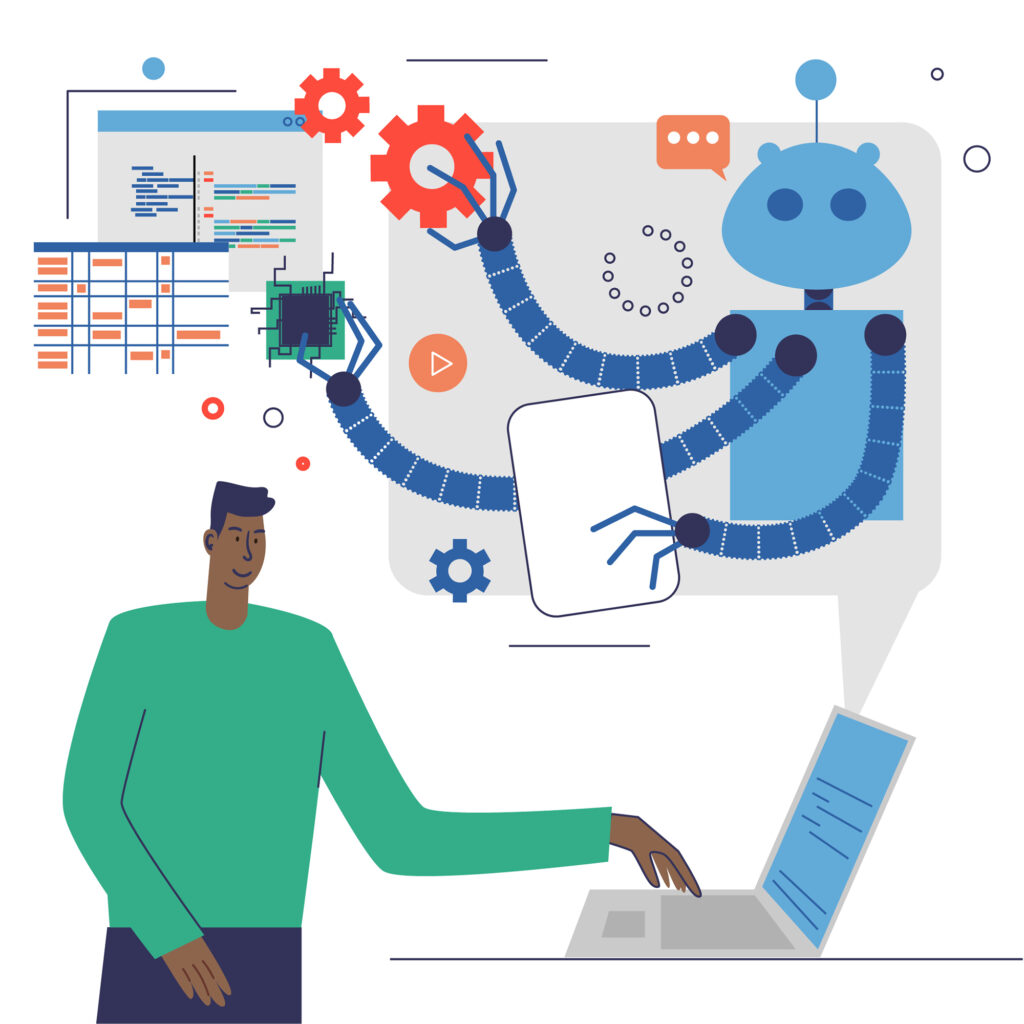
1. Standardized Workflows
2. Comprehensive Asset Management
With MLOps, critical assets such as code, models, and data are systematically managed. This includes ensuring traceability, maintaining version control, and providing transparency for all machine learning components, resulting in greater reliability and streamlined development processes.
3. Optimized Infrastructure
4. Automated Integration and Deployment
By automating training, testing, and deployment pipelines, MLOps significantly minimizes the need for manual intervention. As a result, continuous integration and deployment processes facilitate faster iterations, quicker development cycles, and ensure consistent quality across all versions of machine learning models.
5. Enhanced Collaboration Across Teams
By adopting MLOps, organizations can enhance reliability, efficiency, and teamwork while streamlining the machine learning development lifecycle.
Core Distinctions Between LLMOps and MLOps
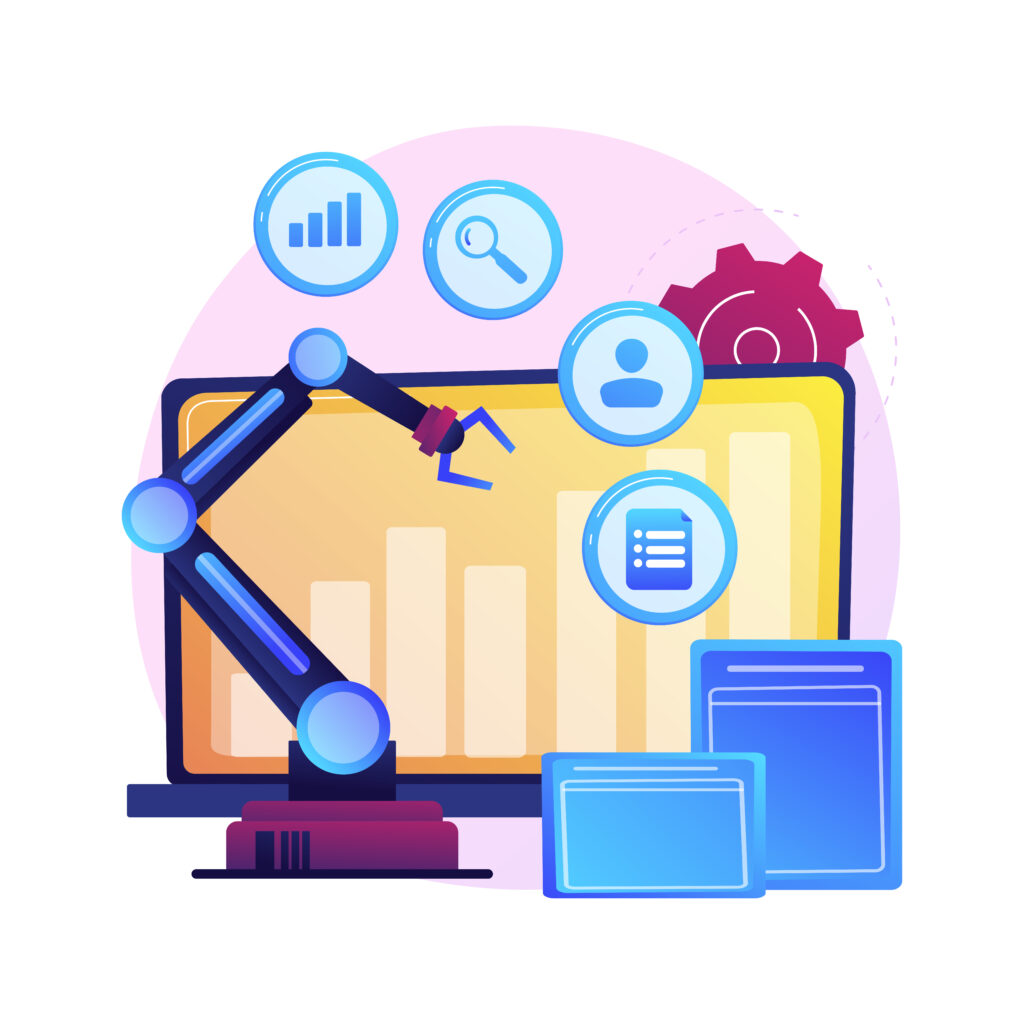
1. Scope of Operations
LLMOps focuses exclusively on managing large language models, while MLOps encompasses a wider range of machine learning applications. While MLOps supports models across diverse fields such as image recognition and numerical prediction, LLMOps is tailored for text-based AI models like GPT and BERT, offering specific solutions for natural language processing challenges.
2. Model Size and Complexity
Large language models operate on a significantly larger scale than traditional machine learning models, demanding specialized infrastructure.
LLMOps is designed to handle the computational intensity and vast datasets these models require, utilizing advanced hardware like high-performance GPUs. In contrast, MLOps supports a broader spectrum of model complexities with less demanding computational needs.
3. Data Processing Focus
MLOps manages a variety of data types, including numerical, image, and structured datasets. LLMOps, however, focuses solely on text data, requiring advanced natural language understanding and context-aware preprocessing techniques unique to linguistic data.
4. Technological Hurdles
LLMOps tackles challenges like prompt engineering, chaining models, and ensuring real-time observability, which are unique to large language models. On the other hand, MLOps primarily addresses challenges such as improving model accuracy, optimizing performance, and refining deployment methods.
5. Resource Optimization
While both require efficient resource management, LLMOps is more resource-intensive, focusing on optimizing infrastructure for large-scale language models. MLOps, in contrast, handles a broader range of computational requirements, often involving lower infrastructure costs and simpler resource allocation strategies.
6. Monitoring and Evaluation
MLOps uses traditional metrics like accuracy and drift detection to monitor performance. LLMOps, however, requires additional layers of monitoring for linguistic nuances, ethical implications, bias detection, and real-time model output evaluations.
7. Deployment Strategies
Deployment in LLMOps involves overcoming unique challenges such as chaining models, managing prompt engineering, and mitigating unpredictable behaviors. MLOps employs more general deployment methods applicable across different machine learning domains.
8. Ethical Focus
LLMOps prioritizes addressing ethical concerns such as bias, hallucinations, privacy issues, and the ethical implications of content generation. While MLOps considers these factors to some extent, it places more emphasis on model performance and accuracy than on ethical challenges.
9. Model Updates and Adaptation
MLOps typically employs standard retraining methods for model updates. LLMOps, on the other hand, uses more advanced adaptation techniques, such as few-shot learning and context-aware adjustments, to dynamically fine-tune large language models.
10. Cost and Accessibility
By understanding these key distinctions, organizations can better determine which approach aligns with their AI development goals.
Comparative Analysis: LLMOps vs. MLOps
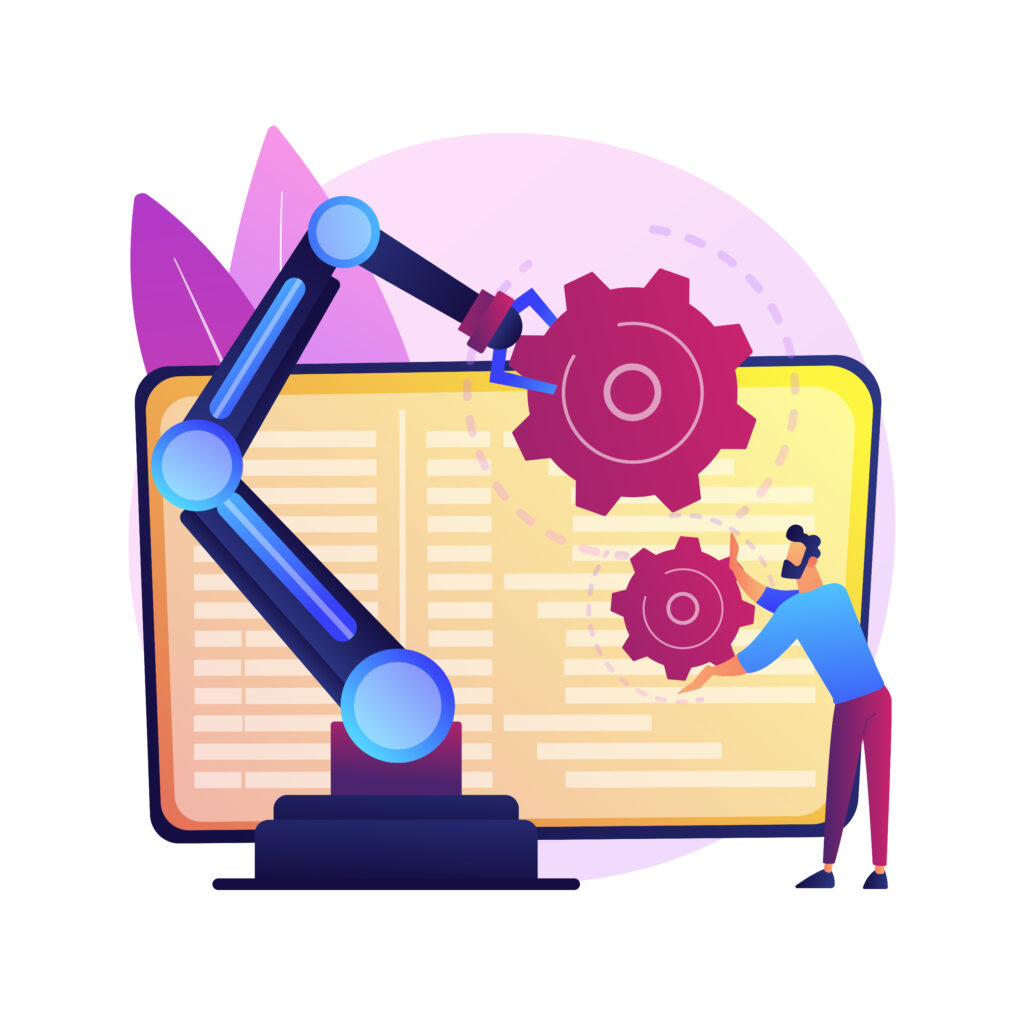
1: Operational Scope
- LLMOps: Specialised for large language models.
- MLOps: Broad machine learning model management.
Model Complexity
- LLMOps: Extremely high complexity.
- MLOps: Moderate to varied complexity.
Computational Requirements
- LLMOps: High-performance GPUs, massive infrastructure.
- MLOps: Standard computational resources.
Data Handling
- LLMOps: Exclusively textual data processing.
- MLOps: Handles multiple data types (numerical, image, structured).
Model Size
- LLMOps: Massive models (billions of parameters).
- MLOps: Varied model sizes.
Training Approach
- LLMOps: Advanced prompt engineering.
- MLOps: Traditional model training.
Resource Management
- LLMOps: Requires intensive computational resources.
- MLOps: Focuses on efficient resource allocation.
Performance Metrics
- LLMOps: Includes linguistic nuance and ethical considerations.
- MLOps: Focuses on accuracy, precision, and recall.
Deployment Strategy
- LLMOps: Complex and context-aware deployment.
- MLOps: Standardized deployment processes.
Cost Implications
- LLMOps: High infrastructure and operational costs.
- MLOps: Moderate cost structure.
Ethical Considerations
- LLMOps: Extensive bias and safety monitoring.
- MLOps: Basic ethical guidelines.
Technological Expertise
- LLMOps: Requires advanced NLP skills.
- MLOps: Requires standard machine learning skills.
Model Adaptation
- LLMOps: Dynamic and real-time learning.
- MLOps: Periodic retraining.
Use Cases
- LLMOps: Ideal for generative AI and conversational models.
- MLOps: Suitable for predictive analytics and classification.
Monitoring Complexity
- LLMOps: Involves advanced linguistic monitoring.
- MLOps: Relies on standard performance tracking.
This detailed side-by-side comparison provides insights into the operational differences and unique requirements of LLMOps and MLOps. While both aim to optimize AI systems, their scope, technological needs, and use cases vary significantly.
LLMOps vs. MLOps: Selecting the Right Fit for Your Project
Choosing between MLOps and LLMOps, therefore, requires a clear understanding of your goals, expertise, and project requirements. To assist you, here are some guidelines:
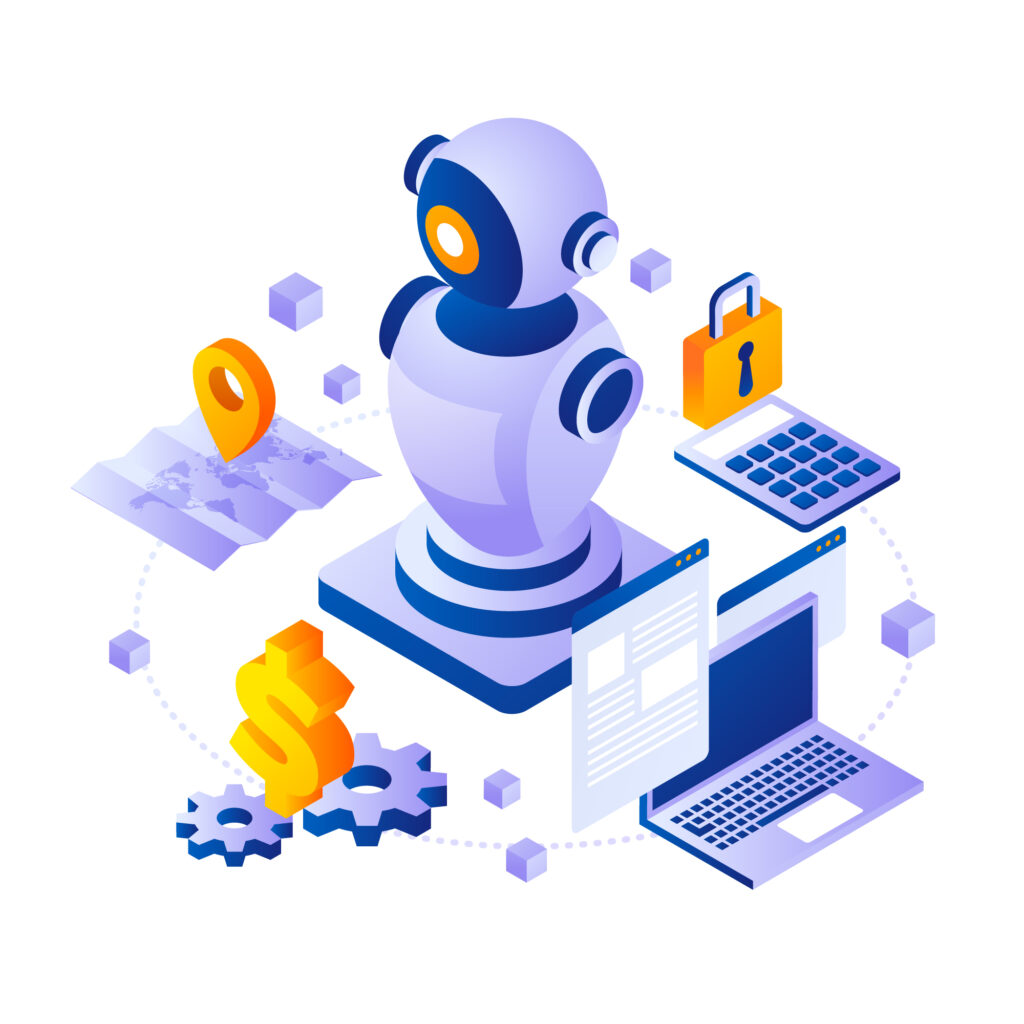
1: Define Project Objectives
Begin by identifying your project’s main technological goals. If your focus is on efficiently deploying a wide range of machine learning models, MLOps is the better choice. On the other hand, LLMOps is tailored for handling advanced language model tasks, such as those involving GPT-3. Your decision should align with whether your project needs general machine learning capabilities or advanced language processing.
2: Analyze Project Requirements
Assess the specific demands of your project. LLMOps is ideal for initiatives involving complex text processing, natural language understanding, or linguistic challenges. In contrast, MLOps is suited for projects that span multiple machine learning domains, providing a versatile solution for diverse applications.
3: Evaluate Infrastructure and Resources
Examine the computational resources at your disposal. LLMOps typically requires significant hardware investments, including high-performance GPUs, to support large-scale language models. MLOps, however, offers greater flexibility, accommodating a variety of computational needs across different machine learning tasks.
4: Assess Team Expertise
Review your team’s technical skills and expertise. MLOps relies on collaboration among data scientists, DevOps professionals, and software engineers. LLMOps, however, demands specialized knowledge in large language models, advanced NLP techniques, and complex AI integration. Ensuring your team’s capabilities align with the chosen approach is critical for success.
5. Industry-Specific Considerations
Content Generation
- Recommended Approach: LLMOps
- Rationale: Utilizes advanced language models to generate high-quality, contextually relevant content.
Financial Analytics
- Recommended Approach: MLOps
- Rationale: Supports diverse predictive modeling and data analysis needs for financial decision-making.
Customer Support
- Recommended Approach: Hybrid Approach
- Rationale: Combines conversational AI capabilities of language models with traditional machine learning for comprehensive support.
Research & Development
- Recommended Approach: LLMOps
- Rationale: Handles complex language understanding, essential for innovative research and experimentation.
6. Financial and Computational Considerations
Take into account the financial and computational trade-offs. LLMOps tends to incur higher costs due to model inference and the need for significant computational resources. In contrast, MLOps provides more budget-friendly solutions with standardized machine learning deployment processes.
7. Evolving Technological Trends
It’s important to note that the distinction between MLOps and LLMOps is becoming less defined. Many companies are now adopting hybrid approaches that combine the best of both methodologies, enabling more flexible and adaptable AI development strategies.
8. Decision-Making Guidelines
When choosing between MLOps and LLMOps, organizations should:
- Evaluate the specific needs of the project
- Assess available computational resources
- Consider the expertise of their team
- Account for industry-specific requirements
- Be open to utilizing hybrid approaches
[Want to learn more about LLMOps vs MLOps? Click here to reach us.]
Conclusion
In conclusion, choosing between LLMOps and MLOps ultimately depends on the specific needs of your project, the expertise of your team, and the resources available. While MLOps is well-suited for a broad range of machine learning applications, LLMOps offers specialized solutions tailored to the unique demands of large language models and natural language processing tasks.
Understanding the complexity, computational requirements, and cost implications of each approach is key to making an informed decision. As the lines between these two methodologies continue to blur, adopting a hybrid approach that combines the strengths of both may provide the most flexible and efficient path forward for organizations aiming to stay ahead in AI development.
Bobcares offers expert AI development and support services that can help you implement and manage both LLMOps and MLOps solutions, ensuring your projects benefit from seamless AI integration, optimization, and continuous innovation. Whether you are building advanced language models or deploying broad machine learning applications, Bobcares specialized AI support services can help you navigate these complexities with confidence.







0 Comments